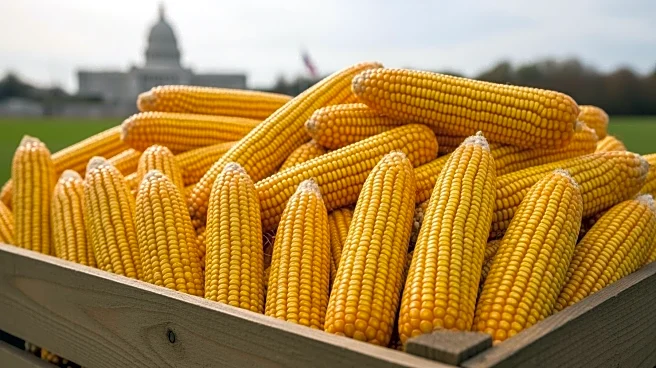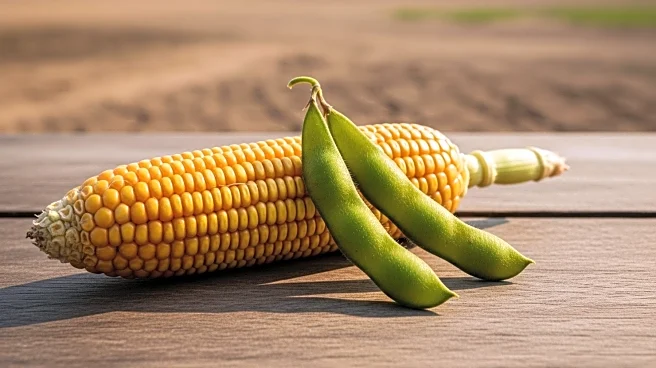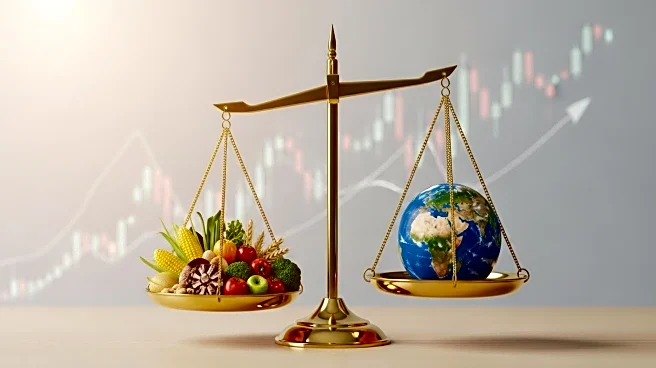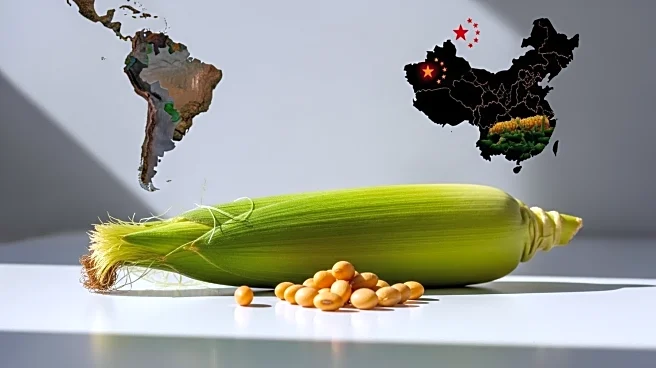What's Happening?
The agricultural land market has shown resilience despite challenges in commodity markets and uncertain farm profitability, according to Farmers National Company, based in Omaha, Nebraska. The stability in land values is attributed to the basic economic principle of supply and demand, with more buyers than sellers. Producers remain the primary buyers, but there is also significant interest from individual and institutional investors. Over the past five years, Midwest farmland values have increased by 56.9%, and by 38.3% over the past decade, making land an attractive long-term asset. Inventory remains limited, with listings down 20-25% from the peak in 2020-2021, as many landowners choose to hold onto their properties.
Why It's Important?
The stability of the agricultural land market is significant for both producers and investors, offering a reliable investment compared to more volatile markets. The increase in land values highlights the sector's potential for long-term appreciation and annual returns. However, the USDA forecasts a decline in net farm income for 2025, which could affect purchasing power and investor returns. Geopolitical factors, such as trade policies and tariffs, also play a role in market dynamics, potentially impacting demand for U.S. agricultural exports. The market's resilience is crucial for maintaining economic stability in rural areas and supporting the agricultural sector.
What's Next?
Looking ahead to the second half of 2025, those with strong financial positions will be best positioned to capitalize on land purchase opportunities. Farmers National Company anticipates continued demand for real estate and management services as landowners navigate market volatility. The company has already marketed over $450 million in land value in the first half of 2025 and plans to adapt to global factors affecting the land value market.












